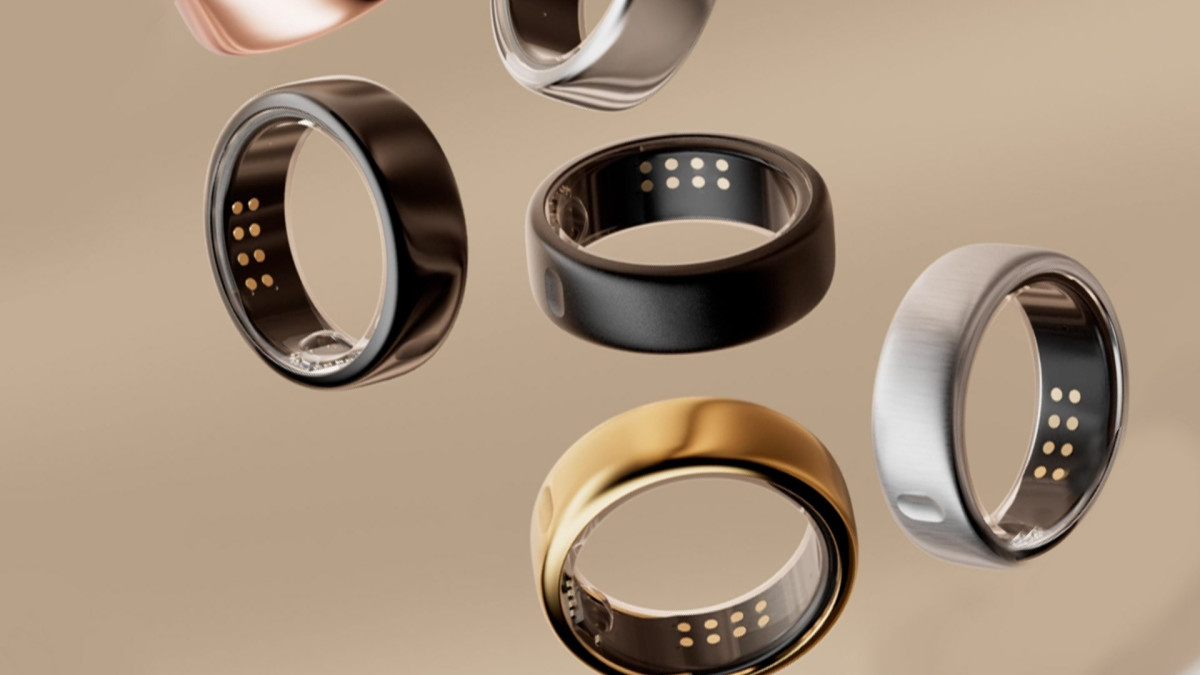
If you're a competitive person, one of the most fun parts of working out these days is wearing a fitness tracker.
In addition to hitting personal milestones and being able to tell your friends and coworkers just how hard you've been training, wearable devices now back up those claims with data.
Related: Home Depot launches Amazon-style feature customers will love
Whether you're competing against prior personal bests or up against loved ones to hit a daily step count, these handy little devices make it easy to stay honest with yourself and make each movement count.
And over the past several years, the market has been flooded with a variety of wearables to suit personal interest and goals.
Apple's (AAPL) Watch is the most popular, and for good reason. Its most recent model, the Ultra 2, boasts an impressive list of features and capabilities, including:
- Precise altitude and depth measurements
- Water resistance up to 100 meters
- Precise GPS tracking capabilities
- Titanium case
- Biggest and brightest Apple Watch display
- Longer battery life (up to 36 hours with regular use)
- Sleep estimates and measurements
- Heart rate
- Medication reminders
- Mindfulness reminders
- Cycle tracking
- Step count
- Calories burned
- Email, iMessage, and phone call capabilities
But others serve different needs. The Finnish Oura Ring is far sleeker, and uses red and green LED light sensors to pick up measurements through a wearer's skin, including:
- Heart rate variation (HRV)
- Respiratory rate
- Blood oxygen levels
- Sleep quality
- Body temperature
- Recovery and stress
- Activity

Oura
Apple Watch has stiff competition
It may not seem like it upon first glance, but Apple Watch and Oura Ring are competing for much of the same audience.
While Apple's Watch is more capable in terms of connectivity (Oura Rings can't take calls and send emojis), Oura is preferred by users who want a sleeker look. At just 4-6 grams, the device looks like a normal gold, silver, or titanium ring, and may be more acceptable to wear to more formal events.
More Retail:
- Ulta CEO sounds the alarm on a growing problem
- Lululemon releases a first-of-its-kind product
- Target store introduces a new 'over 18' policy
- Amazon launches genius new subscription product
Add since it's far smaller than the Apple Watch and lacks a screen, it requires fewer charging sessions. The most recent models of the Horizon and Heritage rings claim battery life of up to one week.
Oura also offers a novel feature that its users swear by: sleep tracking. While many Apple Watch users charge their devices nightly, Oura users wear their rings to bed. While they sleep, Oura is constantly gathering data about time spent awake and in various sleep cycles, like REM. It then uses these insights to then gather a readiness score for the next day.
Related: Apple Watch finally gets a genius new competitor
Other devices offer similar features. The WHOOP band, which is preferred by a long list of body builders and podcasters, offers several scores like strain, sleep, and recovery, which also help users understand how prepared they are for a forthcoming workout or day ahead.
Apple Watch releases highly anticipated upgrade
While the Apple Watch has offered some sleep insights, it hasn't offered quite the robust array of strain, stress, and recovery insights its competitors did. These insights are proprietary to each device and require a lot of engineering on the backend to spit back a consistently reliable data set.
It's not that Apple didn't have these engineering capabilities. It just didn't realize that wearable users prized such metrics until competitors began offering them.
And now, it's starting to offer them too.
In the all new watchOS 11 update, which is due out later in 2024, Apple will introduce the new Vitals app.
Vitals will measure many of the things its competitors do during sleep, including:
- Heart rate
- Respiratory rate
- Sleep duration
- Blood oxygen levels
And the next morning, the app will alert users of a status report on their overall health and well being. Vitals will also use these data points to tell users of things to watch out for. For example, a user may be alerted to higher than average respiratory rate for two or more days, which could be caused by an elevation change or other factors.
Apple Watch will also reportedly offer insight into training loads, similar to WHOOP's strain measure. This will allow users to track their training intensity and measure workouts against baseline performances, which can be helpful for achieving new personal bests or preparing for an upcoming competition.
And after years of waiting, Apple will also allow users to pause their tracking rings, which measure daily activity. This can be helpful if a user is sick or recovering, or if they just want a break from the reminders telling them to get up and move.
Related: Veteran fund manager picks favorite stocks for 2024







